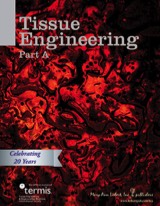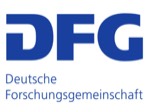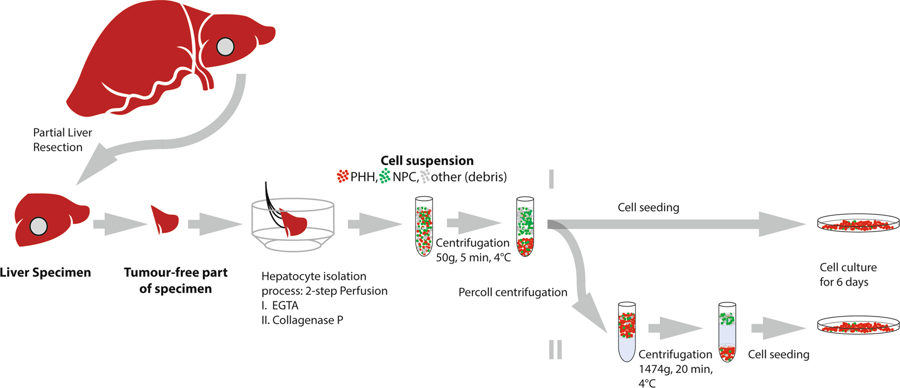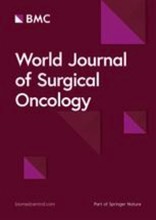Development of a rat liver machine perfusion system for normothermic and subnormothermic conditions

Ex vivo liver machine perfusion is a promising alternative for preservation of liver grafts from extended criteria donors. Small animal models can be used to evaluate different perfusion conditions. We here describe the development of a miniaturized ex vivo machine perfusion system for rat liver grafts, evaluating cell-free and erythrocyte-based perfusion solutions, subnormothermic and normothermic temperatures and dialysis. A perfusion chamber was designed after a suitable liver position was identified. Normothermic ex vivo liver perfusion (NEVLP) required supplementation of erythrocytes to reduce cell damage. Perfusion with erythrocytes led to rising potassium levels after 12 hours (NEVLP, 16.2mmol/l, interquartile range (IQR) 5.7 and subnormothermic ex vivo liver perfusion (SNEVLP), 12.8 mmol/l, IQR 3.5), which were normalized by dialysis using a laboratory dialysis membrane (NEVLP, 6.2 mmol/l, IQR 0.5 and SNEVLP, 5.3 mmol/l, IQR 0.1; p=0.004). Livers treated with NEVLP conditions showed higher bile production (18.52mg/h/g, IQR 8.2) compared to livers perfused under SNEVLP conditions (0.4 mg/h/g, IQR 1.2, p=0.01). Reducing the perfusion volume from 100ml to 50ml allowed for higher erythrocytes concentrations, leading to significantly lower transaminases (15.75 U/l/ml, IQR 2.29 vs. 5.97 U/l/ml, IQR 18.07, p=0.002). In conclusion, a well-designed perfusion system, appropriate oxygen carriers, dialysis, and miniaturization of the perfusion volume are critical features for successful miniaturized ex vivo liver machine perfusion.
Authors are M. Nösser, J.M.G.V. Gassner, S. Moosburner, D. Wyrwal, F. Claussen, K.H. Hillebrandt, R. Horner, P. Tang, A. Reutzel-Selke, D. Polenz, R. Arsenic, J. Pratschke, I.M. Sauer, and N. Raschzok.





